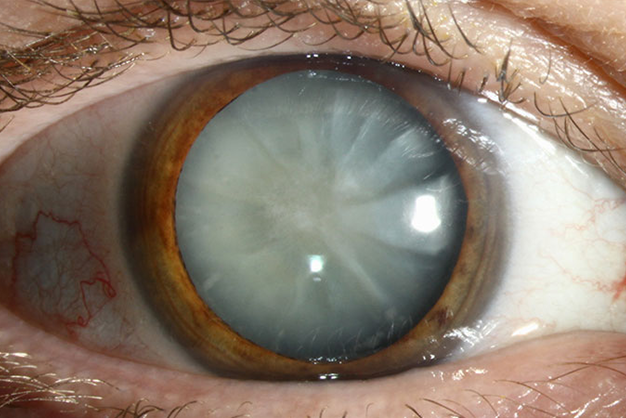
Ophthalmology
Understanding Ophthalmology: A Comprehensive Overview of Eye Health
February 2024

Clear vision is a precious gift that allows us to navigate the world with ease. However, many individuals experience refractive errors that can blur their view of the world. In this article, we will delve into three common refractive errors - nearsightedness, farsightedness, and astigmatism - exploring their causes, symptoms, and the available solutions to bring the world back into focus
Nearsightedness (Myopia): When Close is Clear, but Far is Blurry :
Nearsightedness, or myopia, is a common refractive error where close objects appear clear, while distant objects become blurred. This occurs when the eyeball is too long or the cornea is too curved, causing light to focus in front of the retina rather than directly on it.
Symptoms :
Correction :
Nearsightedness can be corrected with concave lenses, which diverge incoming light, allowing it to focus properly on the retina.
Farsightedness (Hyperopia): Clear Vision at a Distance, Blur Up Close :
Farsightedness, or hyperopia, is the opposite of nearsightedness. In hyperopic eyes, light focuses behind the retina, causing close objects to appear blurry. This can result from an eyeball that is too short or a cornea with insufficient curvature.
Symptoms :
Correction :
Convex lenses are used to correct farsightedness by converging incoming light, bringing the focal point forward onto the retina.
Astigmatism: Distorted Vision Due to Irregular Cornea or Lens Shape
Astigmatism is a refractive error caused by an irregularly shaped cornea or lens, leading to distorted or blurred vision. Unlike myopia and hyperopia, astigmatism can affect both near and far vision.
Symptoms :
Correction :
Astigmatism is often corrected with cylindrical lenses that compensate for the irregularities in the cornea or lens, allowing light to focus properly on the retina.
Conclusion :
Refractive errors are common visual impairments that can impact people of all ages. Recognizing the symptoms and understanding the available corrective measures, such as glasses or contact lenses, can help individuals regain clear vision and improve their overall quality of life. If you experience any changes in your vision, consult with an eye care professional for a comprehensive eye examination to determine the most suitable solution for your specific needs. Remember, clear vision is within reach with the right knowledge and corrective measures.

Ophthalmology
February 2024